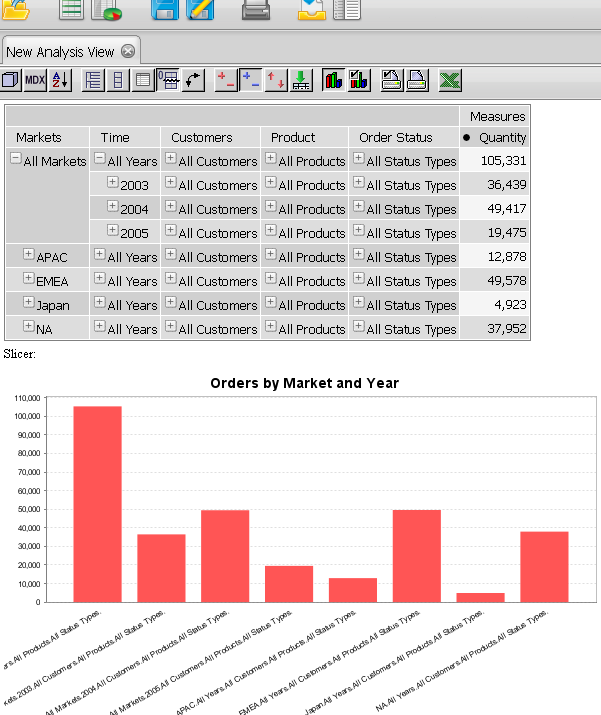Open source BI software is a fascinating topic that deserves a lot more discussion. Since the domain of business intelligence is all about information democracy and “liberating” the data that is locked in the company databases, turning it to meaningful insight, I would argue that the software used to perform this work is still not the key ingredient to achieve BI happiness. Of course, the tools are important, and every BI implementation must include a proper tool selection process in which requirements are aligned with capabilities, as well as price. But as long as the software selected is reasonably adequate to the BI implementation needs, the success becomes all about the implementation and the adoption of the new tools, being deployed to provide transparency and disseminate information throughout the organization. From that perspective, as long as the open source software meets the grade, it makes perfect sense. In fact, since any BI implementation will require a good degree of implementation services, getting the software for free makes a lot of sense. BUT (in all caps), can you find an open source BI platform that meets your needs and follows standard BI architecture? Pentaho could be a good answer to this question.
I remember reviewing Pentaho several years ago. At the time, the technical folks there were doing some pretty impressive things, like integrating Google maps in dashboards. Shortly after I saw that example on the Pentaho web site, I remember seeing the BusinessObjects mashup concept start coming to life, with maps and other web content integrated in webi reports. Coincidence? Maybe.
Today, Pentaho is available as an enterprise grade commercial product and an open source product. The open source “community edition” is targeted for non-enterprise users: college students, developers, small local implementations. But how far can you take the community edition? I will try to find out.
First of all, the breadth of products engulfed under the Pentaho umbrella is impressive. They got much of the BI architecture cornerstone covered. The BI server provides web based centralized access, control, content management, scheduling and security. A metadata management tool allows the creation of reusable data sources for business users. The report designer and analysis view provide good drag and drop type ad-hoc web based functionality. Kettle is a robust ETL tool included in the framework, and Mondrian is Pentaho’s own OLAP engine for cube analysis. The ChartBeans look promising and seem to provide the type of data visualization capability we see from Google and others these days.
I was also impressed with how simple it was to get a simple Pentaho installation going and produce a first “Hello world” report (screenshot below). In a couple of hours or so I had the software downloaded, running and the first report created. Quite painless.
Like any software product, I am sure Pentaho has its strengths and weaknesses, and I will describe some of them over the next weeks as I dig deeper into the platform.


Appreciate the recommendation. Will try itt out.
Hello Ron,
Thanks for your interest and kind words about Pentaho. As you begin to dig further please keep this resource at hand and reach out if you have any questions. http://sandbox.pentaho.com/
Regards,
Michael Tarallo
Director of Solution Engineering
Pentaho
Thank you Michael, i’ll be sure to check out this resource and look forward to continue working with Pentaho